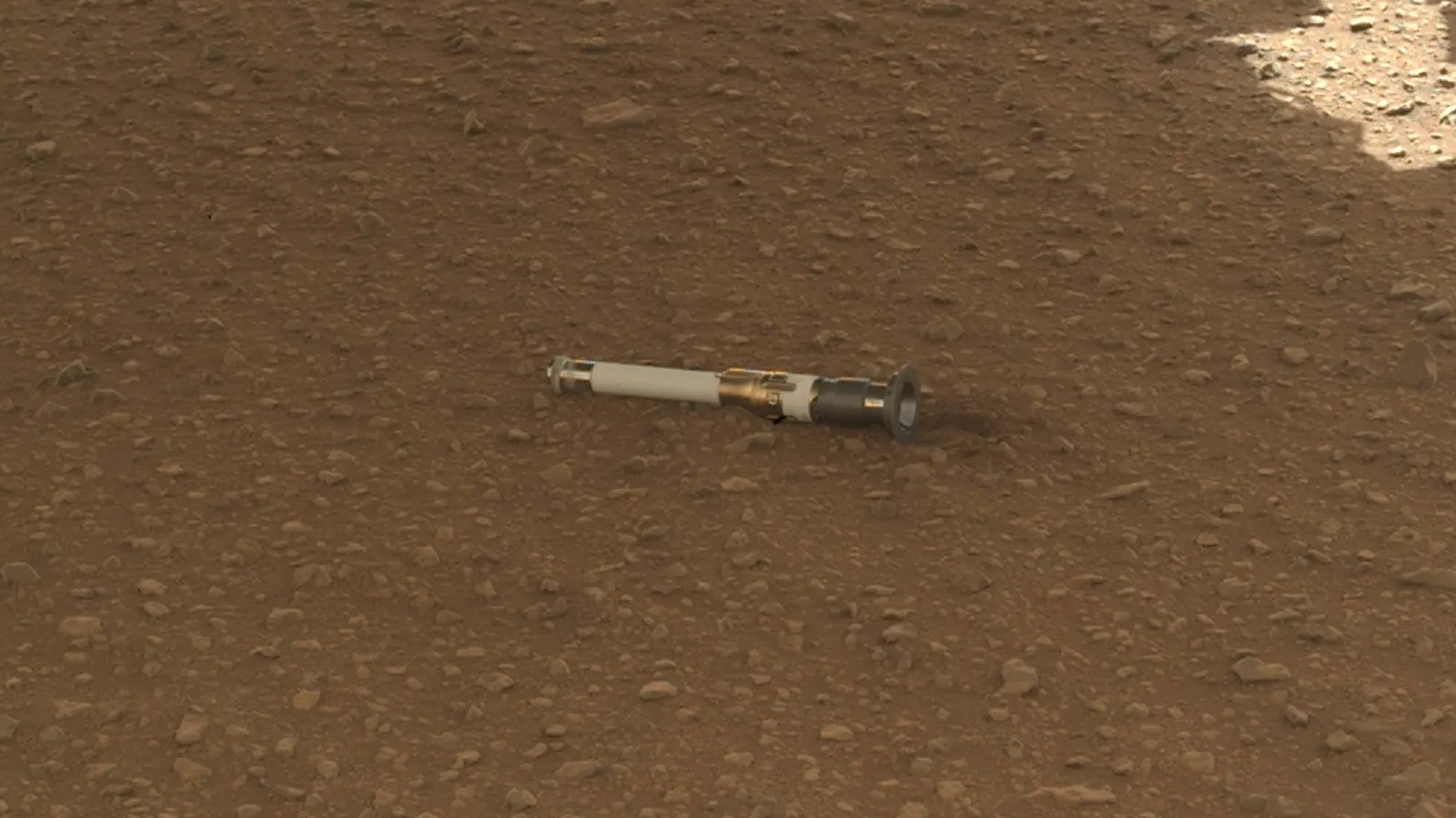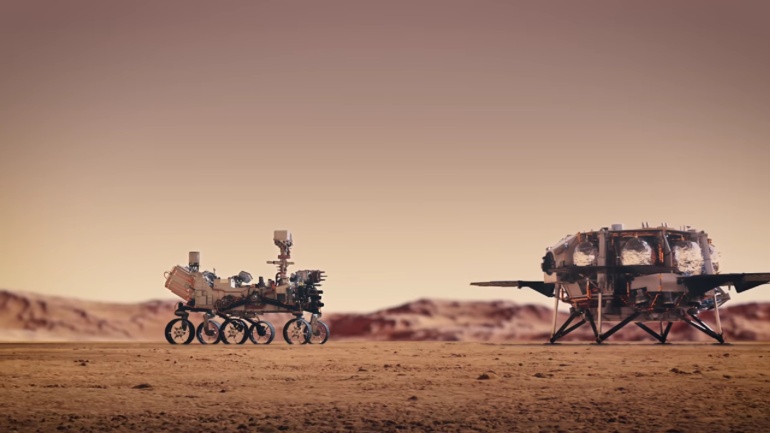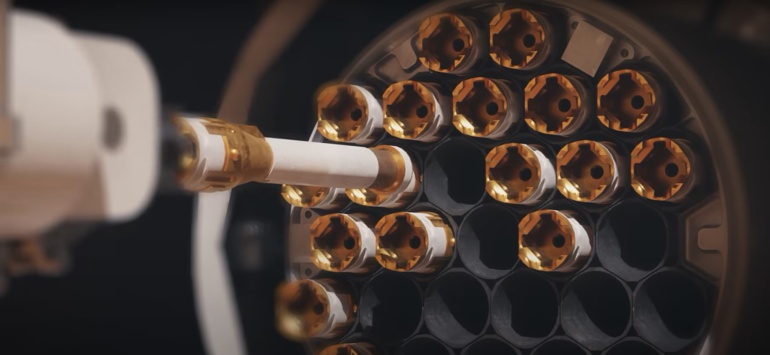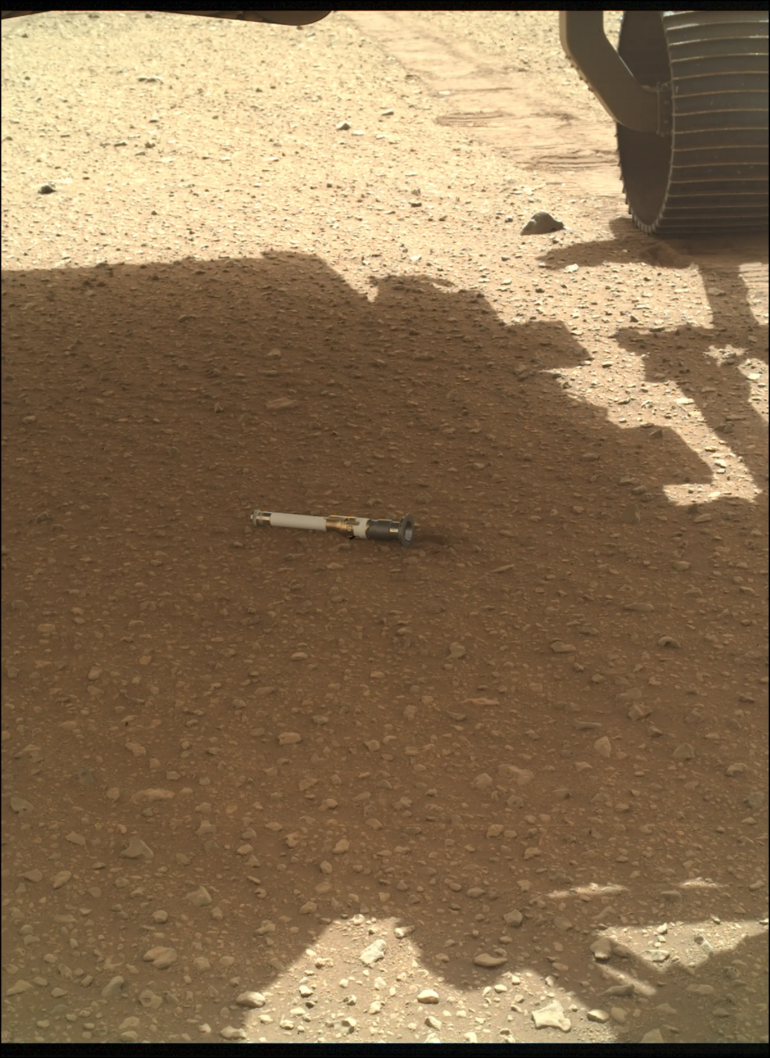
Since landing on Mars in February 2021, Perseverance has been collecting samples of the Red Planet’s dust, rocks and even air. Some of them are analyzed by the rover independently, others are collected in special titanium tubes to be sent to Earth in the future.
The mission, called Mars Sample Return, is still in the planning stages, but Perseverance is expected to deliver samples to robotic landers that will place the tubes in a special capsule on a small rocket. After its takeoff into the orbit of Mars, the capsule will move to another spacecraft, which will try to deliver samples for the study of scientists on Earth (in particular, to search for signs of life on the Red Planet).


There’s also a backup plan, just in case something happens to Perseverance before the Sample Return robots arrive. The rover drops tubes with duplicate samples at a place called Three Forks in the Lake Crater, where special helicopters can later pick them up. On December 21, Perseverance left there the first of the tubes with a sample of igneous rock that it had collected on January 31 in a region called South Seitach.
Perseverance retrieved the test tube, checked it with the CacheCam, then dropped it about 89 cm away from him. Next, the WATSON camera, which is equipped with one of the rover’s 2-meter robotic arms, checked whether the tube fell properly and did not roll away.

NASA’s Mars rover Perseverance ‘dropped’ the first of 10 tubes with samples of Martian rock – in the future they will be sent to Earth for research
An image from the WATSON Perseverance camera shows that the sample tube drop was carried out as planned. Photo: NASA/JPL-Caltech/MSSS
The remaining nine tubes will be dumped in Three Forks over the next two months.
The Mars Sample Return mission is visualized in detail in this video:
Earlier, the Perseverance microphone picked up the sounds of a ‘dust devil’ on Mars, a Martian dust storm 25 meters wide and 118 meters high. You can already listen to them on YouTube

